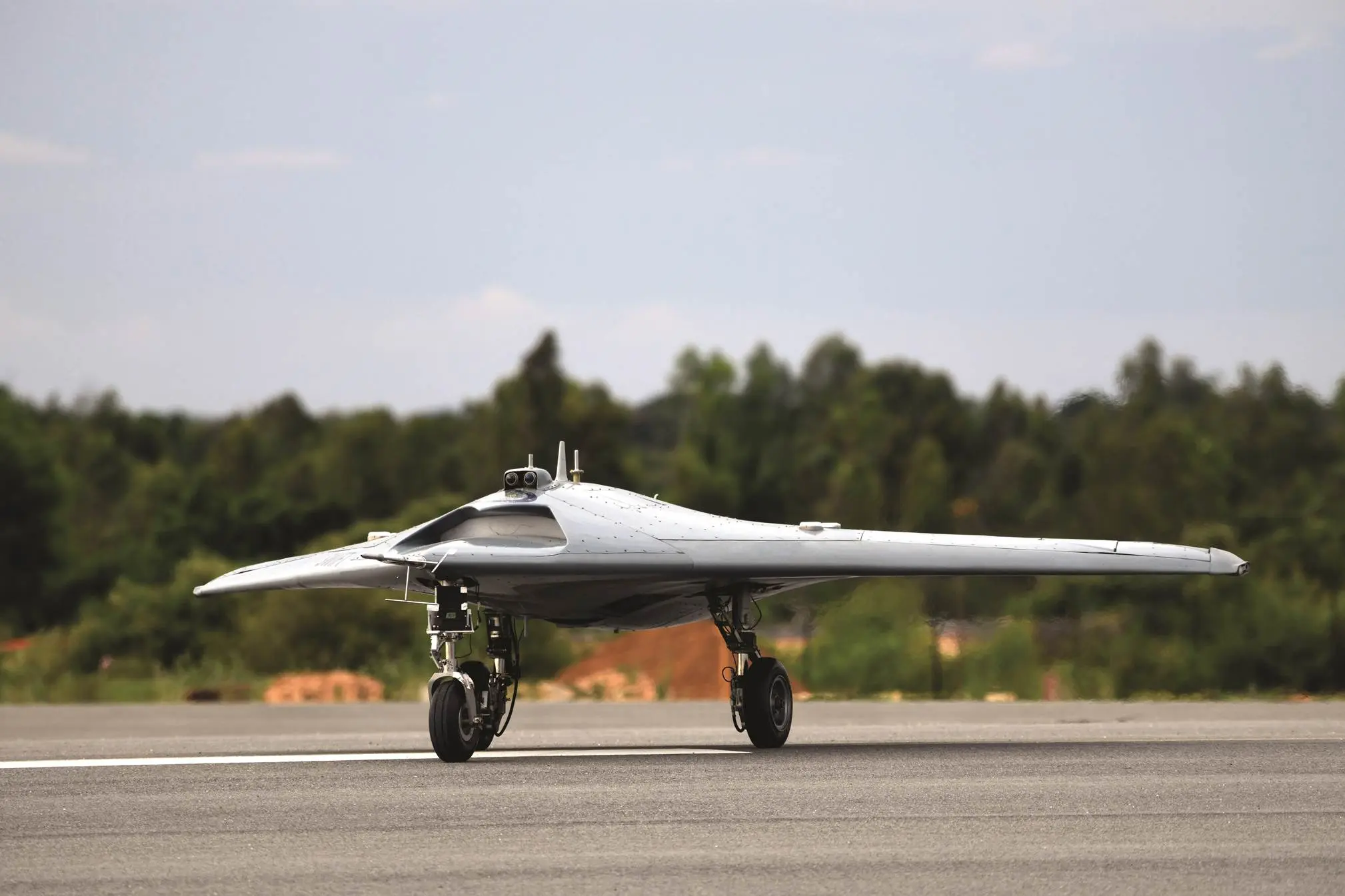
Adani, HAL, and L&T battle for India’s ₹15,000 crore AMCA stealth jet contract. Discover who might lead India’s defense future with cutting-edge air power(photo-X@VivekSi85847001)
India’s ₹15,000 Crore Stealth Jet Race Heats Up: Adani, HAL, L&T Compete for AMCA Supremacy
Published on:
Author: Rapido Updates
India’s Big Leap into Stealth Fighter Technology
India stealth jet – India is preparing to take a giant leap in defense technology with the Advanced Medium Combat Aircraft (AMCA) programme. This ambitious project aims to develop a fifth-generation stealth fighter jet that will serve as the backbone of the Indian Air Force (IAF) by the mid-2030s. With a budget of ₹15,000 crore allocated for prototype development, the race to build India’s first indigenous stealth jet has attracted major players like Adani Defence & Aerospace, Hindustan Aeronautics Limited (HAL), and Larsen & Toubro (L&T).
Who Are the Key Players in the AMCA Race?
The Ministry of Defence has received bids from seven Indian companies, including Adani Defence, HAL, L&T, Tata Advanced Systems, and Kalyani Strategic Systems. These companies are competing to become the lead developer of the AMCA prototype, which will incorporate cutting-edge technologies like artificial intelligence, unmanned teaming, and long-range targeting systems.
A high-level panel led by former DRDO missile scientist A Sivathanu Pillai will evaluate the bids based on technical capability, manufacturing experience, and flight testing expertise. The selected consortium will be responsible for absorbing the AMCA design and delivering the first batch of 120 aircraft by 2035.
Adani’s Bold Entry into Fighter Jet Manufacturing
Adani Defence & Aerospace has confirmed its participation in the AMCA bidding process. CEO Ashish Rajvanshi stated that the company submitted its response to the Expression of Interest (EoI) by the September 30 deadline. Adani’s entry marks a significant shift in India’s defense landscape, as private sector firms challenge traditional state-run entities like HAL.
The AMCA project is expected to span a decade, with the first aircraft ready for induction by 2034–35. If successful, Adani could transition into serial production, contributing to India’s goal of reducing dependence on foreign defense platforms.
HAL and L&T: Experience vs Innovation
HAL, India’s oldest aerospace manufacturer, brings decades of experience in aircraft development, including the Light Combat Aircraft (LCA) Tejas. Its deep integration with the Aeronautical Development Agency (ADA) and DRDO gives it a strong edge in absorbing the AMCA design.
On the other hand, L&T is known for its engineering prowess and rapid execution in defense and infrastructure projects. The company’s ability to innovate and scale manufacturing could make it a formidable contender in this high-stakes race.
What’s at Stake for India’s Defense Future?
The AMCA programme is not just about building a fighter jet—it’s about transforming India’s defense ecosystem. The final contract, expected to be awarded after successful prototype validation, could be worth several lakh crore rupees. The project represents a strategic shift toward indigenous manufacturing, reducing reliance on foreign suppliers and boosting national security.
With deliveries targeted by 2035 and advanced variants planned for the 2040s, the AMCA could become the cornerstone of India’s air power. The competitive model adopted by the Defence Ministry encourages innovation, efficiency, and collaboration between public and private sectors—a model that could redefine India’s defense procurement strategy for years to come.